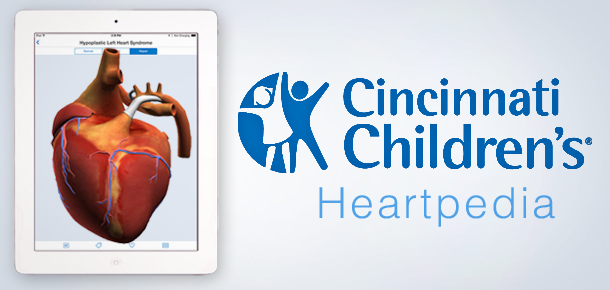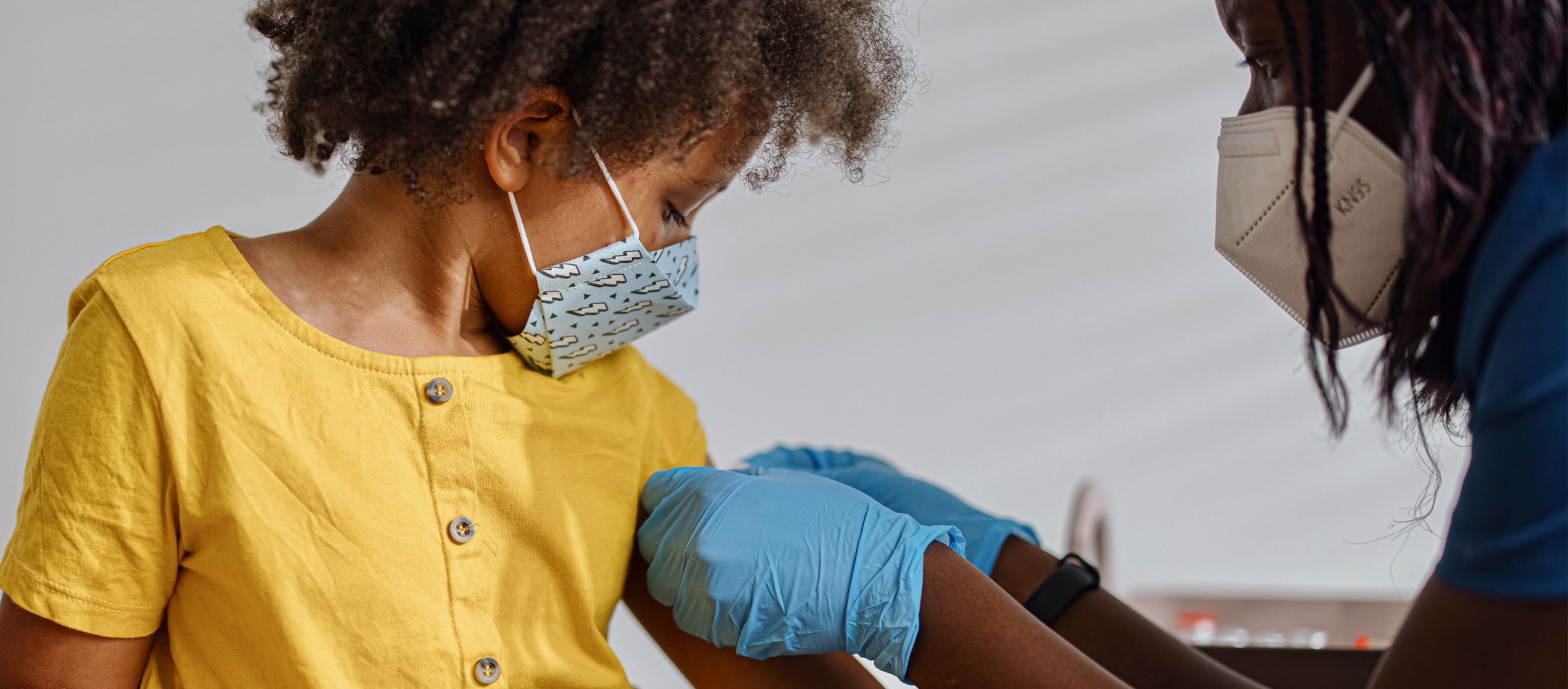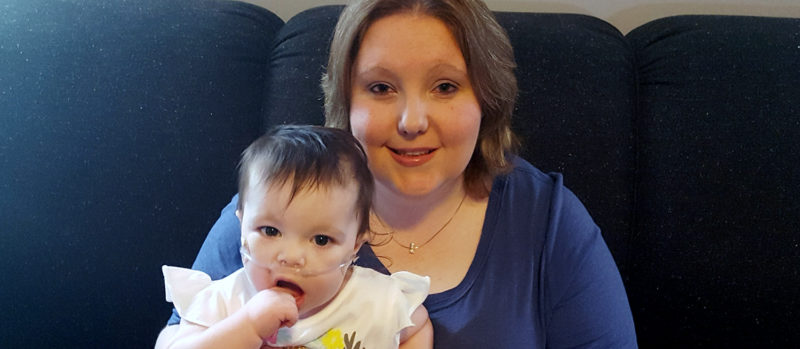One of the best ways I’ve found to help people understand congenital heart disease is by visual illustration or drawings. In fact, my love for drawing is what led me to the field of pediatric cardiology.
As many of my clinical mentors have taught me, drawing a child’s heart defect is the most effective way to describe the condition to the patient and to the parents. Multiple illustrations are usually necessary to describe a specific heart defect and the associated recommended repair. At the time of diagnosis, it can be stressful for parents to process all the information given to them in an instant. I can only imagine how difficult it is for them to recall all the intricate details they had just heard.
For years, as I’ve watched families leave appointments with their drawings in hand, I have longed for a better tool to help them understand their child’s heart condition. This is how the idea for the Heartpedia application came to fruition.
After I started my fellowship at the Heart Institute, I began working on various projects with Dr. Michael Taylor, director of Non-Invasive Imaging. One day we were discussing our mutual interest in creating 3D heart models of congenital heart defects to help educate families and trainees.
In collaboration with the Critical Care Media Lab, led by Dr. Ken Tegtmeyer and animator Jeff Cimprich, we created a realistic-looking 3D heart model. The next step was to take the 3D heart model and mold it into various congenital heart defects. Working closely with them over several months, we were able to create models of more than 10 different congenital heart defects along with their most common repairs.
After extensive planning, animation and development, Heartpedia is now available for free download on the iPad and iPhone and Android on Google Play. And here’s a tutorial video which explains how to use it.
It features interactive, anatomically-accurate 3D images of congenital heart defects and their repairs. We developed it because we not only wanted a better tool for describing heart defects to our patients’ families in clinic, but we wanted something that our patients’ families could use to help explain their child’s defect to their loved ones and friends.
The app is a work in progress; we have started with the following heart defects and plan to add more in the future: tetralogy of Fallot, coarctation of the aorta, hypoplastic left heart syndrome (HLHS), transposition of the great arteries, ventricular septal defect, patent ductus arteriosus, atrioventricular septal defect, interrupted aortic arch, total anomalous pulmonary venous return, and truncus arteriosus.
Soon we will be adding additional defects including atrial septal defect, Ebstein’s anomaly, double outlet right ventricle, and tricuspid atresia. In addition, we will be adding various other types of surgical repairs including bidirectional Glenn anastomosis and Fontan conduit, which are typically used in staging of single ventricle surgeries.
We know that a diagnosis of congenital heart disease can be stressful and life-changing. It is our hope that this application will help families better visualize, understand and explain their loved one’s condition.
Please let us know what you think and if there are any other heart defects or features you would like to see in future versions.
Look for Heartpedia on Google Play and the Apple App store.







Wow! Of course I had to download that app as soon as I read this article!! That is sooo cool! My daughter was born with TGA, VSD, and pulmonary stenosis! I always tell people her pulm artery and aorta formed backwards! The pediatric cardiologist drew me a pic when I was still pregnant and I never truly understood what TGA meant! This app is really cool! My daughter is 3 and I let her move the heart around on the screen and she thought it was pretty neat! Great work!!!! I really appreciate this info and I will be sure to pass it along to my other heart moms!!!